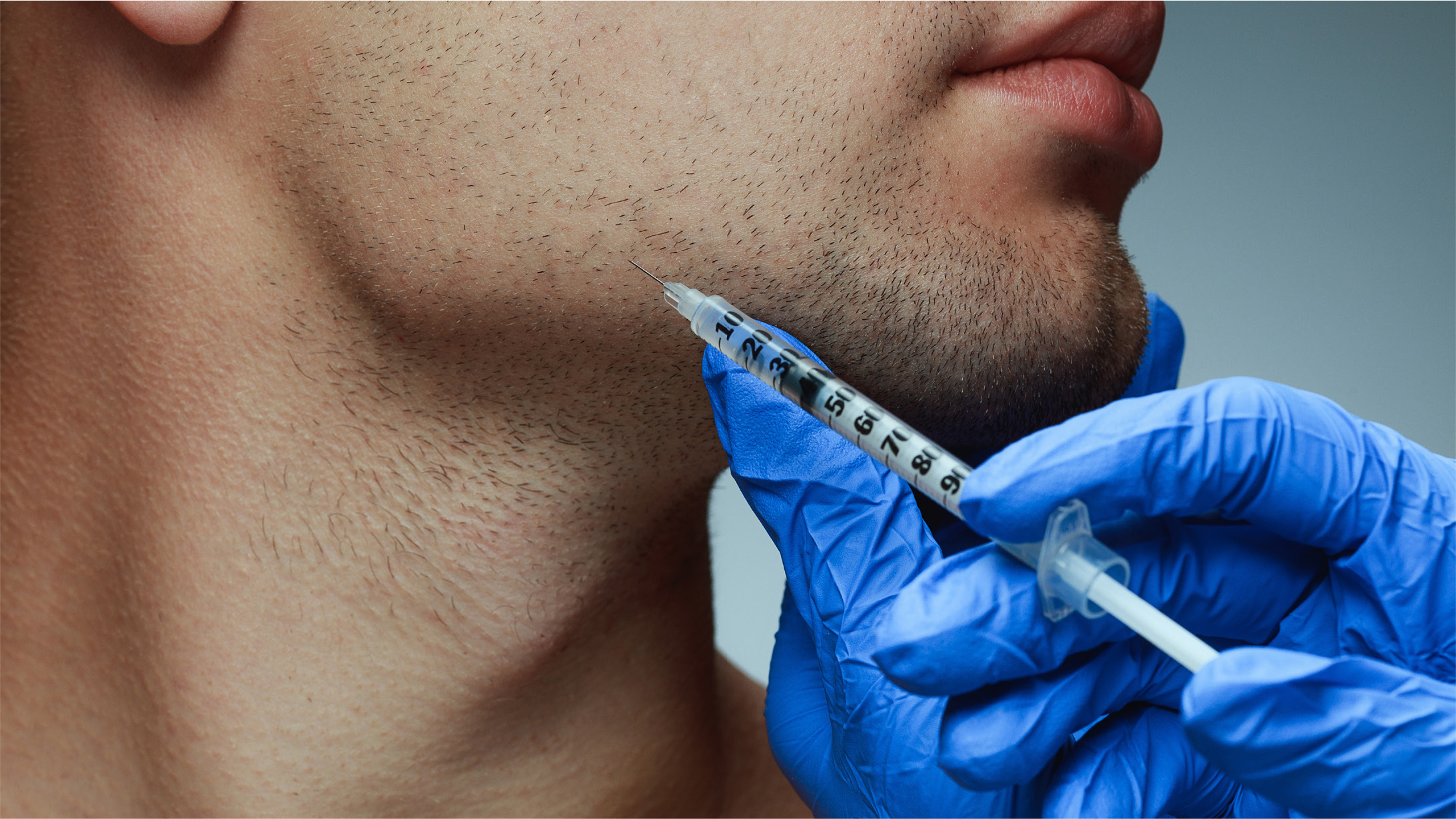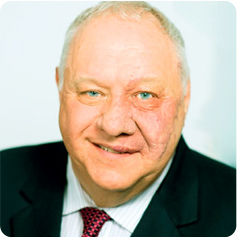

There is considerable variation in the approach that cosmetic industry education and training providers take to promoting courses and the type of courses they offer students. The Joint Council for Cosmetic Practitioners (JCCP) has recently produced a ‘good practice’ guide to support education and training providers in the sector and those aesthetic practitioners who seek to further develop their knowledge, skills and competencies.
The JCCP has developed this guide with the full knowledge that the Department of Health and Social Care is yet to determine whether a nationally mandated standard for education and training should be introduced in England for those practitioners who provide the more invasive non-surgical cosmetic procedures.
The report on the impact of body image on mental and physical health recommends that there is a need for a minimum standard to be met in regard to the education and training of practitioners who perform non-surgical cosmetic procedures. It is essential to ensure patient safety, and this should be a central pillar of a future licensing regime (House of Commons and Health and Social Care Committee, 2022). This recommendation correlates and affirms recommendations of a similar nature made by the All-Party Parliamentary Group for Beauty, Aesthetics and Wellbeing (2022) and also resonates with the principles contained in the Health and Care Act (2022) that relate to the design and implementation of a licensing scheme for the aesthetic sector in England.
The JCCP good practice guide in part supports the need to design and implement minimum standards in education and training and sets out the JCCP's expectations regarding ethical and accurate advertising of training courses in the sector. The JCCP believes that this is essential if a higher standard of sustained public protection and patient safety is to be achieved.
Marketing a course
Potential students/course participants should be able to fully understand what is being offered when they review advertisements for training and education courses. This will include the inclusion of the following:
- Clearly stated learning outcomes
- The approach to assessment
- Outline of course content
- Length of the course (theoretical and practical)
- Accreditation status for each treatment modality, as set out in the JCCP's standards
- Credit rating and level
- Who accredits the course
- Cost of the complete course including any assessment costs
- Location
- Confirmation of the qualifications and experience of teachers, examiners and assessors.
Accreditation of cosmetic courses
The formal recognition of a cosmetic education and training programme is through the process of accreditation. In the industry, there are a range of accreditation processes that range from higher and further education awarding bodies to local training providers who seek accreditation from vocational organisations, such as Ofqual, the Scottish Qualifications Authority (or equivalent) or singularly from insurers. The potential student/participant should be made very clear about the status of the course's accreditation and left in no doubt regarding the standards against which their elected programme of study has been mapped and accredited.
It is the responsibility of the training provider to be transparent about the nature of the credit awarded to the course (i.e. credit awarded by a higher or further education provider; course approved by Of qual or equivalent; course accredited by insurance companies and the status of this credit—i.e. is the credit recognised by other institutions?).
It is also essential that all education and training providers differentiate between those programmes that provide initial qualifications designed to equip students to practise safely and effectively within the aesthetic sector and those short courses provided as part of continuing professional development (CPD), which are designed to update and refresh practitioner skills following the completion of their initial qualification (see the next page).
Assessment of practice knowledge and skills
The care, protection and safety of the service user/client should guide the design of all courses and must be central to the preparation of any cosmetic practitioner. The clinical knowledge and skills of student practitioners should be assessed alongside any theoretical course component to affirm their proficiency and safety to practise any specific aesthetic modality/procedure.
Level 7 courses
The level of educational achievement cited by any course provider is determined by the complexity of the knowledge and skills (Box 1) required to demonstrate safe and effective practice for the specific aesthetic modality that is being studied.
Box 1.Higher education qualifications framework Level 7 descriptorThe descriptor provided for this level of the Joint Council for Cosmetic Practitioners’ competence framework equates to programmes of education and learning that are equivalent to a postgraduate level of study. This qualification descriptor should also be used as a reference point for other qualifications at NVQ Level 7/ SCQF Level 11 on the FQHEIS, including awards made to students who have demonstrated:
- ‘A systematic understanding of knowledge, and a critical awareness of current problems and/or new insights, much of which is at, or informed by, the forefront of their academic discipline, field of study or area of professional practice
- A comprehensive understanding of techniques applicable to their own research or advanced scholarship | originality in the application of knowledge, together with a practical understanding of how established techniques of research and enquiry are used to create and interpret knowledge in the discipline.
- Conceptual understanding that enables the student:
- To evaluate critically current research and advanced scholarship in the discipline
- To evaluate methodologies and develop critiques of them and, where appropriate,
- To propose new hypotheses.
- Typically, holders of the qualification will be able to:
- Deal with complex issues both systematically and creatively, make sound judgements in the absence of complete data, and communicate their conclusions clearly to specialist and non-specialist audiences
- Demonstrate self-direction and originality in tackling and solving problems, and act autonomously in planning and implementing tasks at a professional or equivalent level
- Continue to advance their knowledge and understanding, and to develop new skills to a high level.
- And holders will have the qualities and transferable skills necessary for employment requiring:
- The exercise of initiative and personal responsibility
- Decision-making in complex and unpredictable situations
- The independent learning ability required for continuing professional development’.
Dermal fillers and botulinum toxin are higher-risk treatments, and the JCCP standards and competency framework (2018) outline the level of knowledge and skills required at Level 7 (supported by the Cosmetic Practice Standards Authority and Health Education England) to provide such treatments safely. They are both identified at postgraduate level because of the required level and depth of underpinning knowledge; the need for the practitioner to assess the patients’ needs and any contraindications to treatment; ensure informed consent to treatment; critically evaluate and select appropriate medicines and products from those available; administer the procedures safely using correct techniques (including adherence to nationally approved prescribing guidance); recognise complications and adverse incidents and intervene promptly and appropriately with correct remedial treatment as required. While this standard is not enforced in statute, it reflects other similar high-risk invasive procedures that were determined by Health Education England (2016) to require this level of educational training and preparation to protect members of the public.
While the JCCP does not specify the length of any course or the specific number of credits required for training courses (such as those designed for the administration of dermal fillers and toxins), it advises that such training requires substantial study and cannot be achieved within the context of a short course. JCCP-approved programmes for toxins and fillers are often provided over the period of 1 year. The JCCP is aware that there is no mandatory requirement for a Level 7 qualification to be ascribed (at this time) to the more invasive non-surgical cosmetic procedures that are referred to in this paper, but it is committed to ensuring that the level of study that underpins educational programmes is commensurate and proportionate to the level of knowledge and practice proficiency required to protect members of the public.
The purpose of accredited short courses
Short courses that are accredited for CPD and offer CPD points have often been assessed by accreditation agencies in terms of content. However, they are intended purely to update practitioners who are already qualified in a specific field and are not suitable to prepare ‘novices for a field of practice’, even if they are registered healthcare professionals.
Conclusion
Many practitioners in England are concerned about the potential impact that new licencing legislation might have upon their right to practise, with particular regard to changing policies that might be introduced by professional membership associations, voluntary registers and regulators, with regard to standards and qualifications. This has not been helped by the high volume of ‘disinformation’ circulating on social media and the misrepresentation of the legitimacy of training courses and qualifications by a wide range of providers.
Over the next 12 months, the picture will become clearer as the Government commences its public consultation process to determine which procedures will be included within the scope of the new proposed license, standards are written and courses, programmes and qualifications are adapted to align with an expected nationally approved mandatory framework for education and training. Therefore, practitioners should be very careful in regard to the education and training programmes they elect to undertake at this time in the knowledge that change is afoot. For the avoidance of doubt, practitioners should not be misled by any statement that advises that current education and training courses will meet or comply with a new national education and training standard. The simple answer is that no one will know the answer to this question until the Government reaches a decision on which procedures are to be included in the new license in England and until the Government publishes nationally approved standards for education and training for these procedures.
Practitioners should also be aware that changes in standards will not occur without national consultation. It is my opinion that the implementation of new standards will be accompanied by a grace period to enable practitioners to update their current qualifications or be able to demonstrate that they meet the new education and training standards on the basis of equivalence, such as through a (yet to be determined) ‘grandparenting’ scheme.



